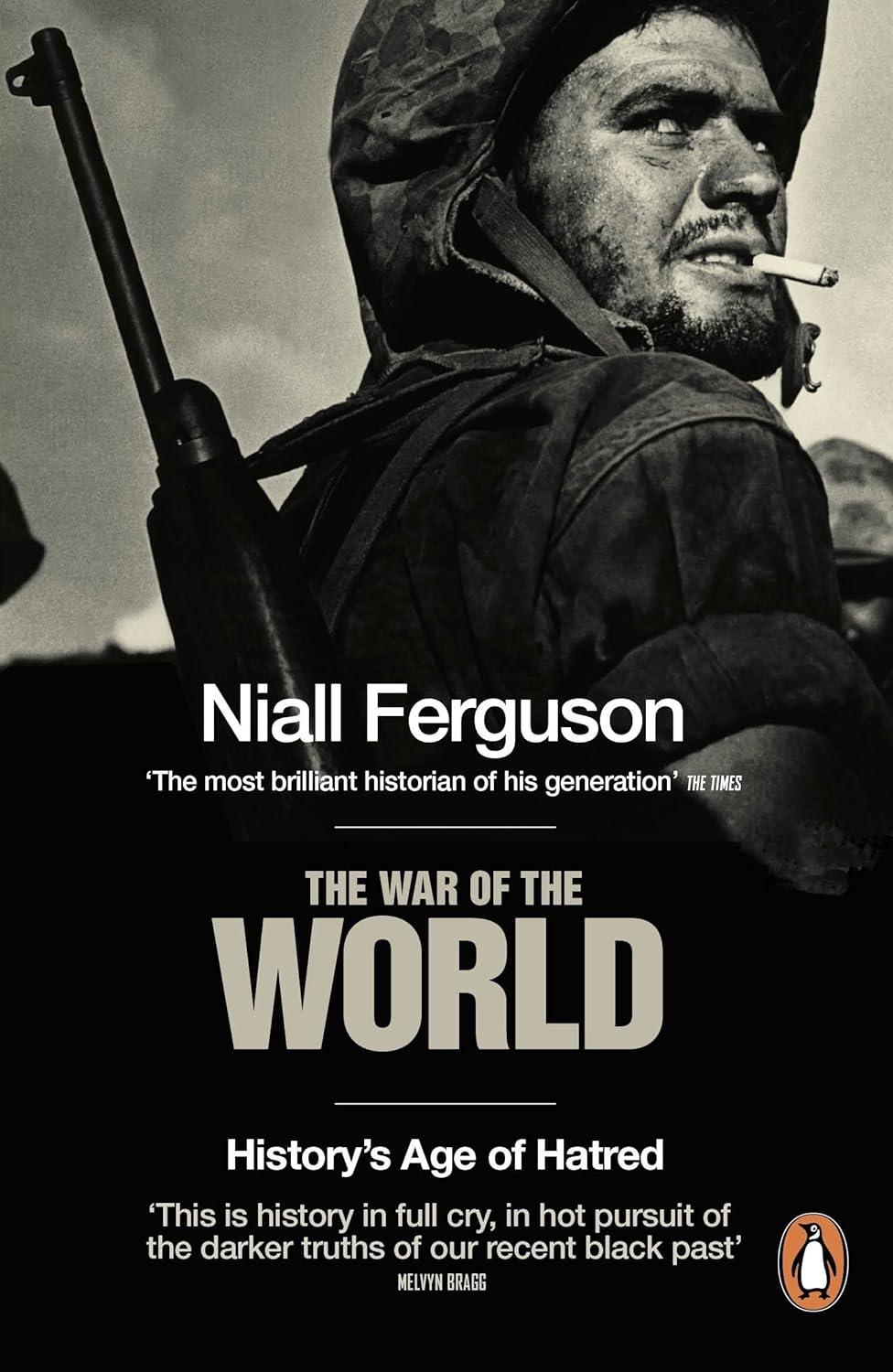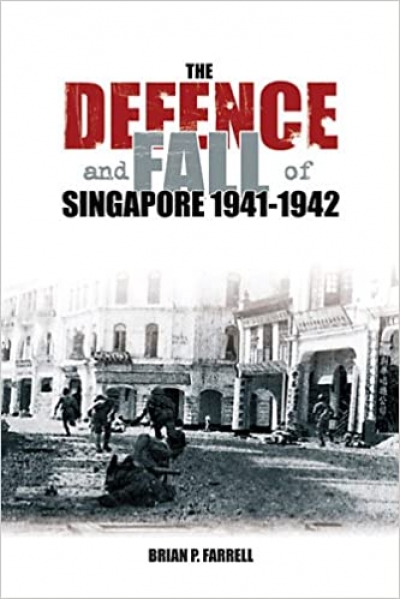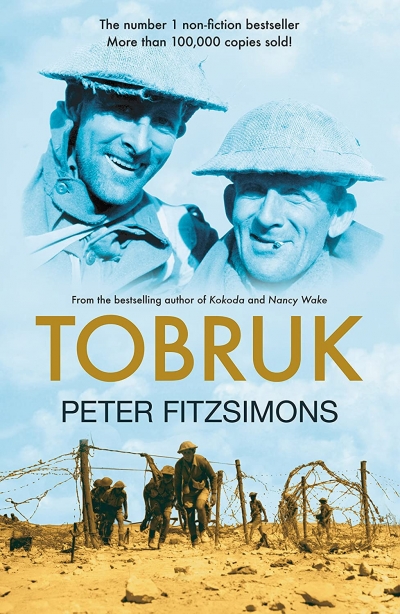History
Letters Lifted into Poetry: Selected correspondence between David Campbell and Douglas Stewart 1946–1979 edited by Jonathan Persse
by John Thompson •
Colonial Ambition: Foundations of Australian democracy by Peter Cochrane
by Alan Atkinson •
The Great Mistakes of Australian History by Martin Crotty and David Andrew Roberts
by Geoffrey Bolton •
The War of the World: History’s age of hatred by Niall Ferguson
by Geoffrey Blainey •
Encyclopedia of Exploration, 1850–1940: The oceans, islands and polar regions by Raymond John Howgego
by Ian Morrison •
The Defence and Fall of Singapore 1940–1942 by Brian P. F & Singapore Burning by Colin Smith
by John Coates •
Saving Australia: Curtin’s secret peace with Japan by Bob Wurth
by David Day •









